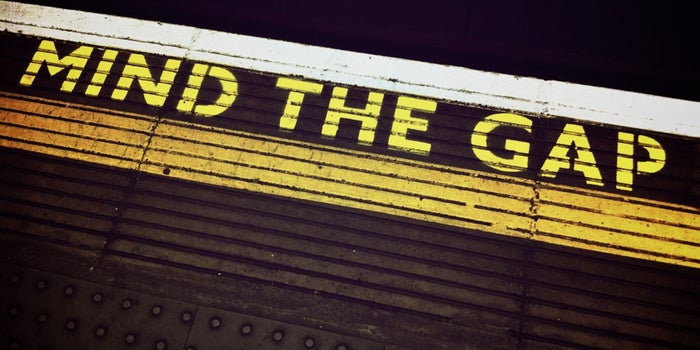This year India has plummeted 28 places in the world economic forum’s Global Gender Gap Report 2021
Despite all the schemes and policies for women in India, the ground reality in terms of gender parity remains the same or has worsened further. Blame it on the decrease in women’s labour force participation rate due to the pandemic or women’s inadequate representation in politics, and leadership roles, or lagging female to male literacy ratio.
This year India has plummeted 28 places in the world economic forum’s Global Gender Gap Report 2021, the third-worst performers in South Asia with only Pakistan and Afghanistan trailing behind. Bangladesh tops the list in the region, Nepal got 106th position, Pakistan 153rd, Afghanistan 156th, Bhutan 130th, and Sri Lanka placed 116th on the index. India is now 140th among 156 participating countries. Last year it ranked 112th amongst 153 countries.
Among regions, South Asia is the third-lowest performer on the index, with 62.3% of its overall gender gap closed.
The report is a measure of the gender gap on four parameters i.e. economic participation and opportunity, educational attainment of Education, health and survival and political empowerment. The index has benchmarked 156 nations across the world in 2021. The data show it will take 135.6 years to bridge the gender gap worldwide and the pandemic has impacted women more severely than men.

The difference is widest on the political empowerment front with economic participation and opportunity being subsequent in line. However, the gap in education and health has been somewhat bridged. With the percentage of women participation in Parliament remaining stagnant at 14% and the political empowerment regressing by 13.5% India has declined the most on this sub-index.
A decline of a lesser extent is also registered on the economic participation front with the gap widening further by 3% this year. The WEF report further asserted that the estimated earned income of women in India is only one-fifth of that of men, placing the country among the bottom 10 on this indicator. Another driver of the decline is the decrease in labour force participation rate and the proportion of women in professional and technical roles regressed further to 29.2%. Health and survival sub-index statistics also reflect discrimination against women. The report states that another reason for the drop in India’s rank is the Educational Attainment sub-index. According to the report one-third of the women population is illiterate as compared to men.
According to the WEF report the most gender-equal nation is Iceland and is maintaining its position for 12 consecutive years. Finland comes second and Norway third and New Zealand being close fourth followed by Sweden on the list.
Closing the gap between genders in order to make India a gender equal nation would also mean additional workforce and economic development for the country. The Government needs to focus on this issue of gender parity to realise the goal of a 5 trillion economy in future.



